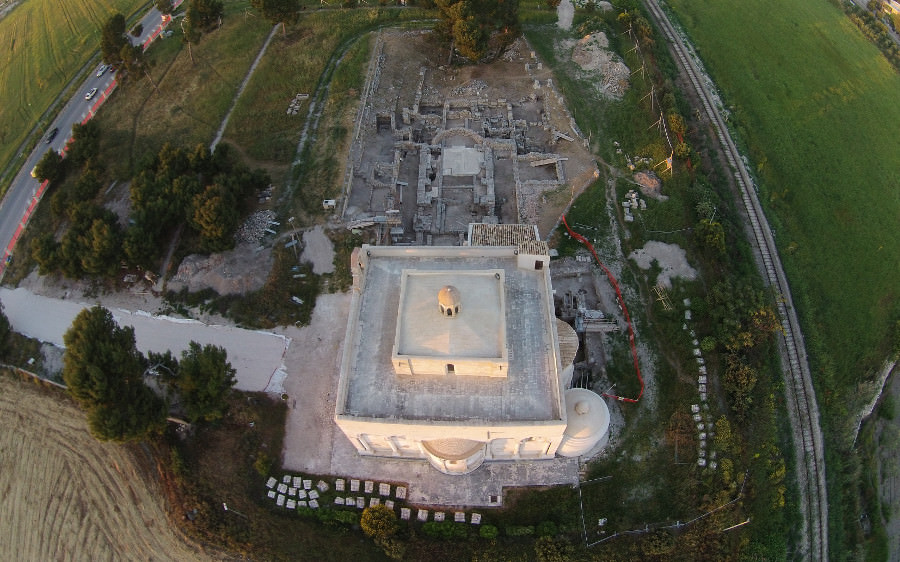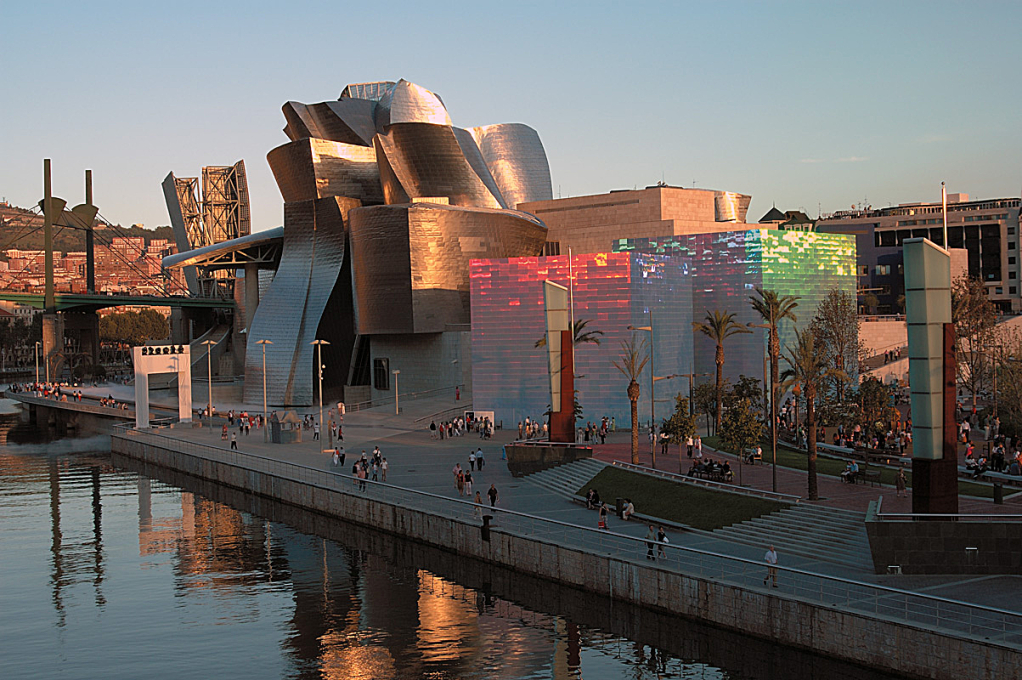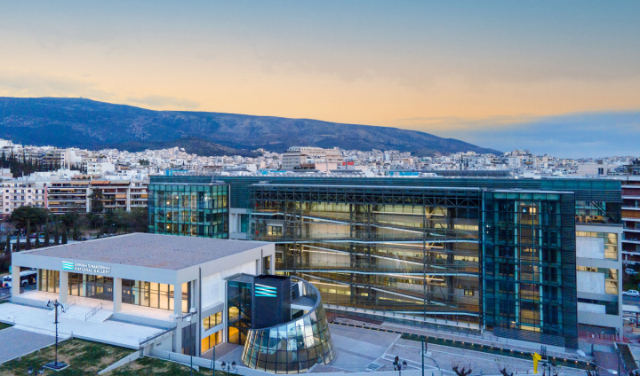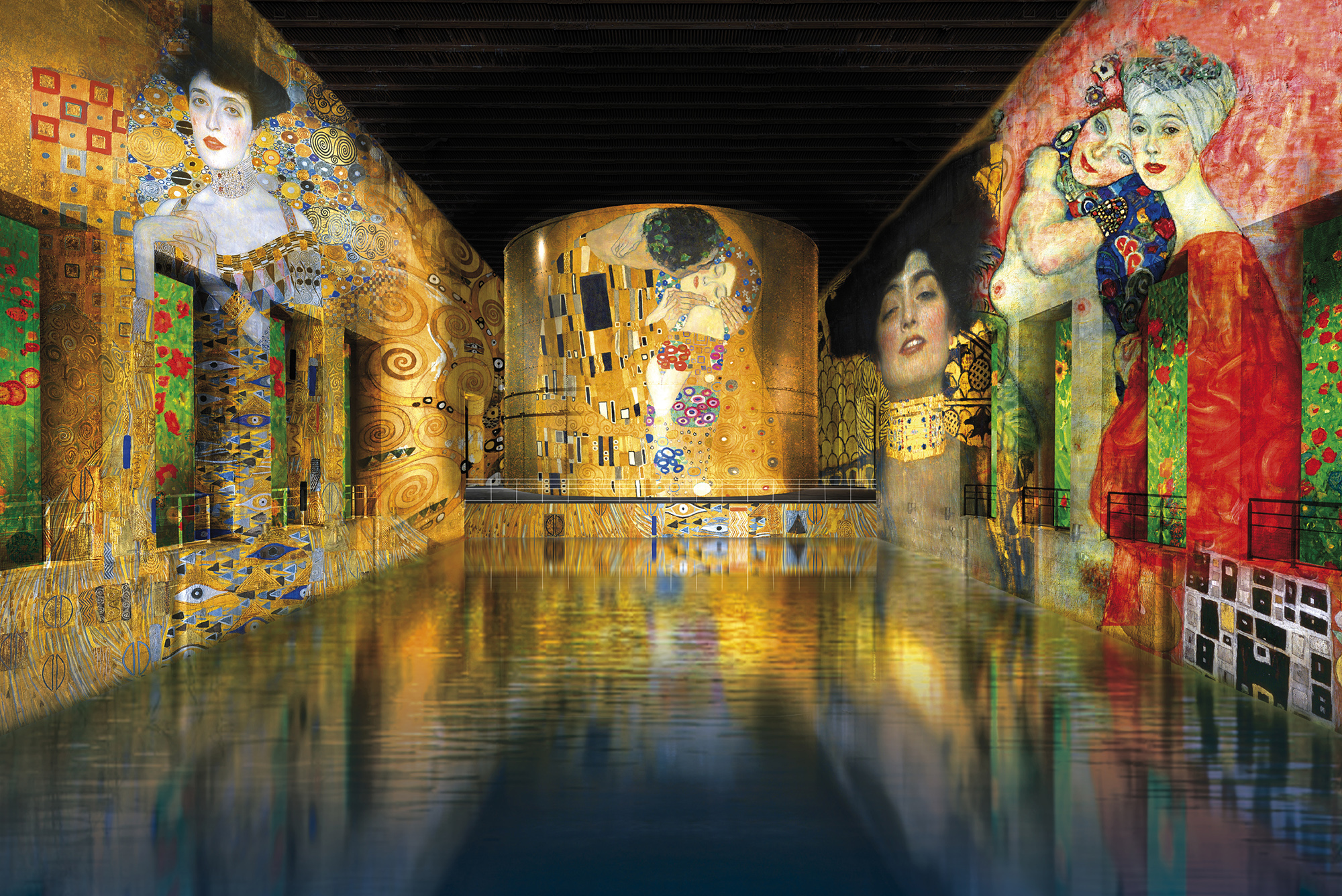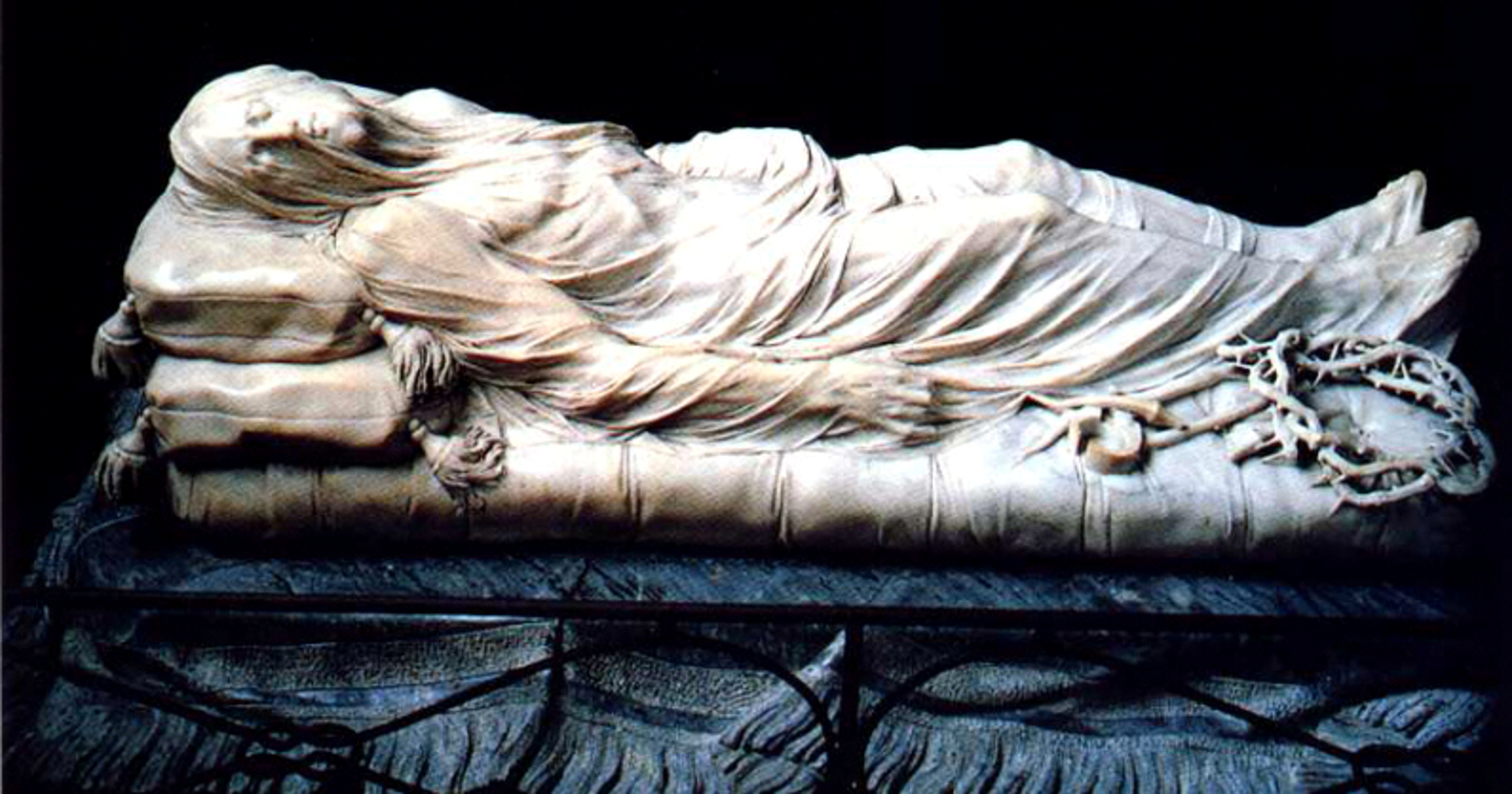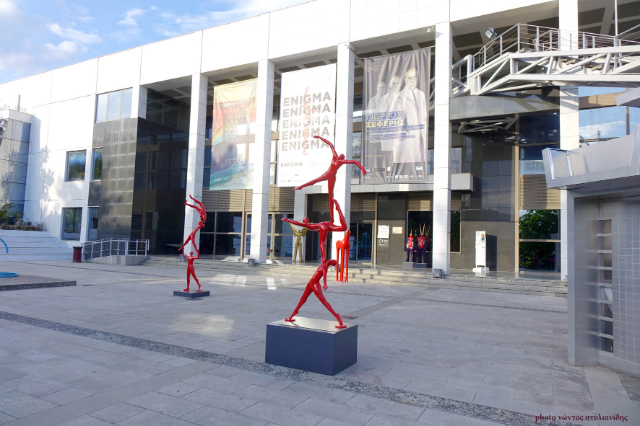The Archaeological Park of Siponto is of great importance as it testifies the importance reached by ancient Siponto, a Roman colony since 194 B.C. and one of the main ports of the Regio II, before becoming also the seat of one of the major dioceses of the region. After the swamping of the port and two violent earthquakes, in 1223 and 1255, Siponto was abandoned and the inhabitants moved to the nascent city founded by the son of Emperor Frederick II of Swabia, King Manfred (second half of the 13th century), called Manfredonia or, under Angevin rule, Sypontum Novellum.
The remains of the early Christian basilica with three naves and a central apse and mosaic floor remind us that Siponto was the seat of one of the most important dioceses in the region. Precious mosaic floors related to the construction phase of the basilica (4th century A.D.) and its renovation, which took place in the following century, are visible inside the Medieval Basilica of Santa Maria Maggiore. The Medieval Basilica, built between the end of the 11th and the beginning of the 12th century, is one of the cornerstones of Apulian Romanesque architecture. It has the shape of a cube surmounted in the centre by a small dome and a crypt with entrance from the outside. Between the end of the 12th and the beginning of the 13th century it underwent numerous renovations. For the construction and architectural decoration materials from the oldest Siponto (columns, capitals) were reused. The portal with archivolt supported by two columns resting on the back of a lion is very valuable.
From 2016, in the Archaeological Park of Siponto, the project "Dove l’arte ricostruisce il tempo" (Where art reconstructs time) was realized, an innovative wire mesh installation by the young Lombard artist Edoardo Tresoldi that recalls, in its forms, the last phase of the ancient early Christian basilica. Consisting of 4,500 metres of galvanized electrowelded wire mesh, the basilica is 14 metres high and weighs a total of about seven tonnes. The courageous choice to bring archaeology and contemporary art into dialogue is part of an overall vision of landscape understood in its temporal complexity between evidence of the past and the present.
